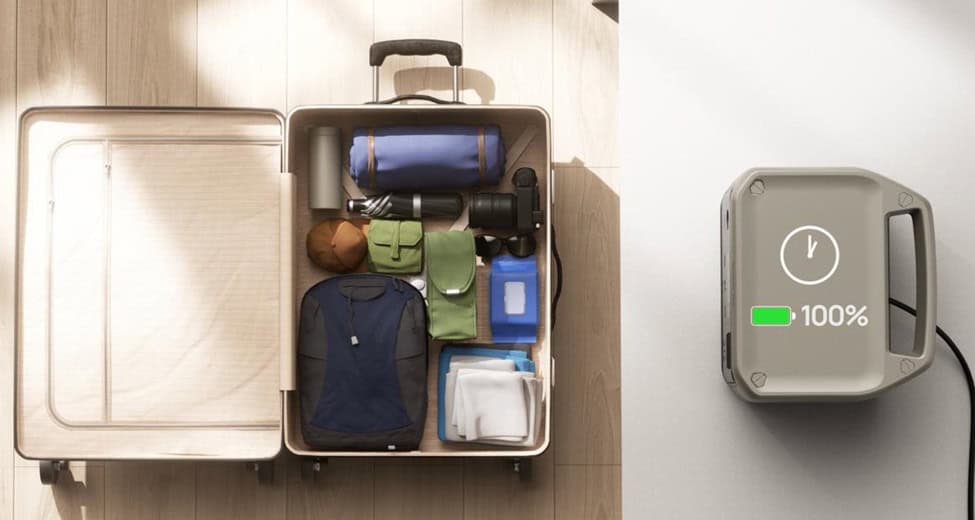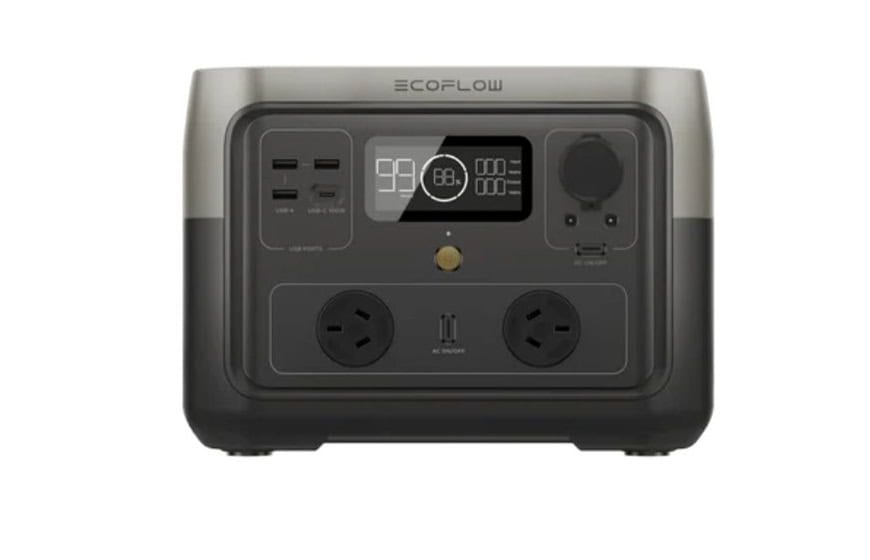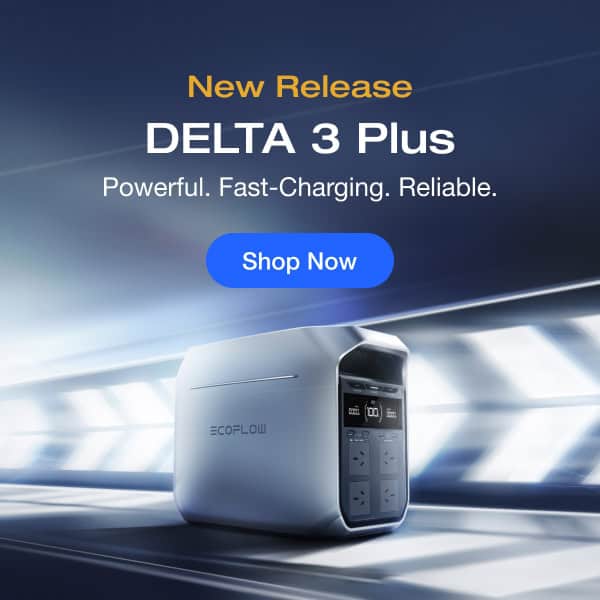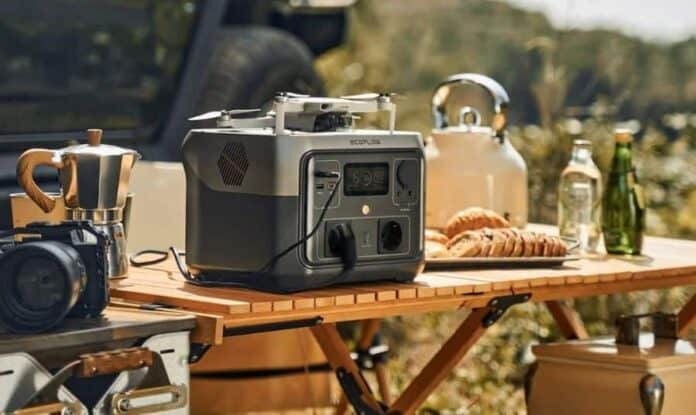Table of Contents
When heading out on a camping trip, one of the most important things to consider is how you’ll power your devices and appliances. A reliable camping electricity generator can ensure you have the energy you need for lights, gadgets, and even cooking. But with so many options available, how do you choose the best one for your camping needs? In this article, we will cover the different types of portable generators for camping, how to decide on the right size and wattage, and other essential tips to help you pick the perfect generator.
What Are the Different Types of Portable Generators for Camping?
When choosing a portable generator for camping, it’s important to focus on the right type. Here’s a quick overview of the main types of portable generators for camping:
1. Inverter Generators
- Quiet, lightweight, and fuel-efficient.
- Ideal for campsites and caravans.
- Provide clean power, safe for sensitive electronics like laptops and phones.
- Inverter generators run on unleaded petrol and use 4-stroke motors for quieter operation.
2. Diesel-Powered Generators
- Durable and reliable with longer runtimes.
- Ideal for extended trips or powering larger appliances.
- Less common for camping due to size and noise but useful for heavy-duty needs.
3. Solar Generators
- Eco-friendly, silent, and easy to maintain.
- Ideal for minimalist campers or environmentally conscious users.
- Can power small devices like phones, laptops, and lights.
- Rechargeable via solar panels or AC power, but dependent on sunlight for continuous use.
Each type has its benefits: Inverter generators are the most practical and versatile for general camping, diesel generators are ideal for heavy-duty use, and solar generators are great for eco-friendly camping with minimal power needs.
What Size Generator Do You Need for Camping?
The size of the generator you need depends on the devices and appliances you plan to power.
Small devices like a phone charger (about 5W) or laptop require minimal power and can easily run on a smaller generator. However, larger appliances such as a refrigerator (200W–600W) or microwave (900W–2200W) require significantly more wattage, especially when used simultaneously.
If you’re using a typical caravan setup with lights, a fridge, and a small heater, a 2000–2400W portable electric generator for camping is generally recommended. It provides sufficient power while remaining compact and portable for camping trips.

How to Decide the Portable Camping Generator Watts?
Choosing the right wattage for a portable camping generator involves understanding the power demands of your devices and appliances. Generators are rated in watts (W) or kilowatts (kW), and selecting the correct size ensures you have enough power without overloading the system. Follow these steps to make the right decision:
1. Understand Power Ratings
Continuous Output: This is the amount of power the generator can provide continuously. Ensure the combined power draw of your appliances stays below this rating to avoid damage or overload.
Peak Output: This is the maximum power the generator can provide temporarily for devices with high startup surges, like refrigerators, air conditioners, or power tools.
2. List Your Devices and Calculate Total Power Needs
Write down all the appliances and devices you plan to use. Identify their wattage requirements and consider any appliances with high startup needs. Use the continuous output rating as your baseline but include the peak output where necessary.
For example:
Laptop: 50W
Phone Charger: 5W
Lights: 60W
Microwave: 900W–2200W (depending on model)
Tip: Estimate your maximum power draw by adding up the wattages of the devices you plan to run simultaneously.
3. Match Your Generator Size to Your Needs
Basic needs: A generator with a 2000W continuous output is suitable for low-demand devices like laptops, phone chargers, and lights.
High-demand needs: If you plan to power appliances like a microwave, washing machine, or air conditioner, you’ll need a larger generator, typically in the 3000W or higher range.
4. Consider Appliance Power Ratings for Common Camping Needs
Here’s an overview of typical power requirements for common camping appliances:
Battery Charger: 350W (20A charger), 1050W (60A charger)
Washing Machine: 1200W–1600W
Microwave: 900W–2200W
Laptop: 50W
Phone Charger: 5W
TV: 200W
5. Factor in Startup Power Surges
Some devices, such as refrigerators and air conditioners, may require 2–3 times their running wattage when starting up. Ensure your generator’s peak output can handle these surges.
By following these steps and carefully checking wattage ratings, you can choose the right portable camping generator that fits your power needs while remaining efficient and safe for camping trips.
Other Tips to Consider When Choosing the Best Generators for Camping
When shopping for small generators for camping, it’s essential to consider factors beyond just wattage. Here are some additional tips to ensure you make the best choice:
1. Run Time
No one wants to be constantly refueling their generator while camping. To avoid disruptions, look for a generator with a long run time. Aim for a model that can run for at least 8 hours on a single tank of fuel. This will ensure you have enough power for an entire day without the hassle of frequent refills.
2. Noise Levels
To preserve the peace of camping, choose a quiet generator, like suitcase-style inverter models. Be cautious of manufacturer noise claims, as tests often occur under light loads. Generally, lower-wattage generators are quieter. For a relaxing trip, the quieter, the better.
3. Running an Air Conditioner
If your camping plans include running a portable air conditioner, make sure your generator can handle the load. Air conditioners require a significant amount of power, often upwards of 2000W, depending on the model.
4. Small and Lightweight
Portability is a key factor when selecting a camping electricity generator. After all, you don’t want to haul a bulky machine around when you already have plenty of gear to carry. A great option for campers looking for power without the extra weight is the EcoFlow RIVER 2 Max Portable Power Station. Weighing just 6 kg, it’s one of the lightest generators available, yet it packs an impressive 512Wh capacity and 500W output. With 1000W X-Boost, it can easily run a wide range of devices, including essentials like a laptop.
For off-grid adventures, it’s solar-ready, fully recharging via portable solar panels in as little as 3 hours. Lightweight, powerful, and eco-friendly, it’s an ideal camping companion. Explore more about this portable power station and elevate your camping experience today!

Conclusion
In conclusion, choosing the right camping electricity generator is essential for a smooth and enjoyable outdoor experience. Whether you need a small, lightweight option or a more powerful unit, it’s important to select a generator that meets your specific needs. For reliable, fast-charging, and portable power, consider EcoFlow RIVER 2 Max. Visit EcoFlow today and power up your camping adventures with ease and convenience!
FAQs
How to run a portable generator safely?
To run a portable generator safely, always place it outdoors, away from windows and vents to avoid carbon monoxide buildup. Ensure it’s on a flat surface, protected from rain, and use heavy-duty extension cords. Never refuel while the generator is running, and follow manufacturer guidelines for maintenance and operation.
Is a generator worth it for camping?
Yes, a generator can be very useful for camping, especially if you need power for lights, cooking, or charging devices. It adds convenience and comfort to off-grid camping. However, it’s essential to choose the right generator size and type for your needs to ensure it’s practical and efficient without overloading your campsite.
Where do you put a generator when camping?
Place your generator at least 10-15 feet away from your tent or shelter, ensuring it’s in a well-ventilated, dry area. Avoid placing it under trees or near flammable materials. Keep it on a flat surface to prevent tipping, and ensure the exhaust is directed away from living areas to prevent carbon monoxide poisoning.


